This week we celebrate the Jewish holiday of Tu b’Shevat, the 15th day of the month of Shevat, which marks the first day of the new year for trees. Trees? The Jewish calendar marks the new year with the festival of Rosh Hashanah, which takes place every fall. Why do we need a separate new year for trees, and why does this take place in the middle of the winter?
Calculating the age of a tree is important for determining a whole host of Jewish agricultural laws that are incumbent upon trees: orlah, maaser sheni and other tithes. But why celebrate this birthday in the cold of February? In the Land of Israel, the winter is not at all a dead period characterized by bare trees and frozen ground. On the contrary! The winter is the rainy season when the landscape is covered in green grass and leafy trees, as seen in the image above. The fruit trees of the Land (such as the almond seen below) begin to flower in late January, and so this was chosen as the most suitable date to mark the birthday of all trees in the Land.
In this post I want to share a few words about two very famous (and misunderstood) trees that appear frequently in the Bible: the oak and the terebinth. Let us begin by looking at a famous biblical passage. In the Book of Joshua, the sibling tribes of Ephraim and Manasseh complain to Joshua that they have not been given enough territory. His response to them is to go ahead and appropriate more territory, but there is a catch: the forests need to be cleared.
Then Joshua said to the house of Joseph, to Ephraim and Manasseh, “You are indeed a numerous people, and have great power; you shall not have one lot only, but the hill country shall be yours, for though it is a forest, you shall clear it and possess it to its farthest borders; for you shall drive out the Canaanites, though they have chariots of iron, and though they are strong.” (Joshua 17:17-18)
What exactly does Joshua mean when says clear the “forest”? Much of the central hill country of the Land of Israel was forested in antiquity. But contrary to the assumptions of many modern readers, these forests were not thick densely wooded areas with tall trees, as for example this forest in Sweden:
Or this ancient forest which stretches across the border between Poland and Belarus:
Rather, in the Bible the Hebrew word יער (ya’ar often translated as “forest”) really means scrubland, an area covered in dense vegetation making it unsuitable for agriculture. The technical term for this type of landscape is a “Mediterranean woodlands”, an old-growth native forest in the Land of Israel containing five layers from the ground up: (1) grasses, (2) knee height shrubs (batta), (3) chest-height shrubs (garigue), (4) trees (maquis) and (5) vines. Due to deforestation, there are very few such forests left.
Two of the most common trees in the Mediterranean forest are the elah (אלה) and the alon (אלון). Both of these Hebrew words are commonly translated as “oak” or “terebinth” in English Bibles, leading to quite a bit of confusion. The reason for this translation mix-up is that, despite the fact that they are two distinct species, these two trees really have much in common. Even seasoned nature guides sometimes find them difficult to tell apart.
The elah tree, most often translated as “terebinth”, bears the the Latin name Pistacia palaestina, meaning it is related to the pistachio tree. Many famous trees in the Hebrew Bible are terebinths, for example: the tree under which Jacob buried Laban’s idols (Gen. 35:4) and the tree in Orpah under which the angel who visited Gideon sat (Judg. 6:11). The most famous appearance of an elah in the Bible is the Valley of Elah where the battle of David and Goliath took place (1 Sam. 17). Presumably the valley got its name due to the large number of elah trees that grew here in the past.
The alon tree, most often translated as “oak”, bears the name Quercus calliprinos. In popular literature it is also known as a Kermes oak. The alon is mentioned in the Bible as the first tree encountered by Abram upon entering the land (Gen. 12:6) and the tree under which Deborah, the nurse of Rebecca, was buried (Gen. 35:8) and the . The alon is also famously mentioned as a well-known landmark near the important Judahite city of Hebron: Elonei Mamre. This was one of the important settlement bases used by Abraham. He also buried Sarah in a cave here, which later became the national mausoleum containing the bodies of: Abraham, Sarah, Isaac, Rebecca, Jacob, Leah.
Because they are among the only relatively tall trees in the Land, the alon and elah were thought to possess divine strength. The words alon and elah both contain the Hebrew root אל (el), referring back to their sacred status in the Canaanite cult of El. Consequently, both these trees were the subject of much criticism from the prophets in the Hebrew Bible. For example, Hosea writes:
My people ask a wooden statue of a god for advice.
They get answers from a stick of wood.
They are as unfaithful as prostitutes.
They are not faithful to their God.
They offer sacrifices on the mountaintops.
They burn offerings on the hills.
They worship under oak (alon), poplar (livneh) and terebinth (elah) trees.
The trees provide plenty of shade. (Hosea 4:12-13)
Another reason that the alon and elah might have become the subject of idolatrous worship is because both are very sturdy trees which have a miraculous ability regenerate when cut down. As Isaiah writes: “But as the terebinth and oak leave stumps when they are cut down, so the holy seed will be the stump in the land” (Isaiah 6:13). Here is a photograph of an alon that has seemingly come back to life.
Notice the many trunks that have sprouted out of the original trunk. Some scholars think that the well-known messianic prophecy of “a shoot out of the stump of Jesse” in Isaiah 11 might be a reference to an elah or alon tree.
A shoot will come up from the stump of Jesse;
from his roots a Branch will bear fruit.
The Spirit of the LORD will rest on him—
the Spirit of wisdom and of understanding,
the Spirit of counsel and of might,
the Spirit of the knowledge and fear of the LORD—
and he will delight in the fear of the LORD. (Isaiah 11:1-3)
Today, many of the elah and alon trees in Israel today are more like bushes than trees due to overgrazing of sheep and goats. Rather than growing tall, they spread horizontally becoming squat bushes, as you can see in the image below. But on they live! Happy Tu B’Shevat!



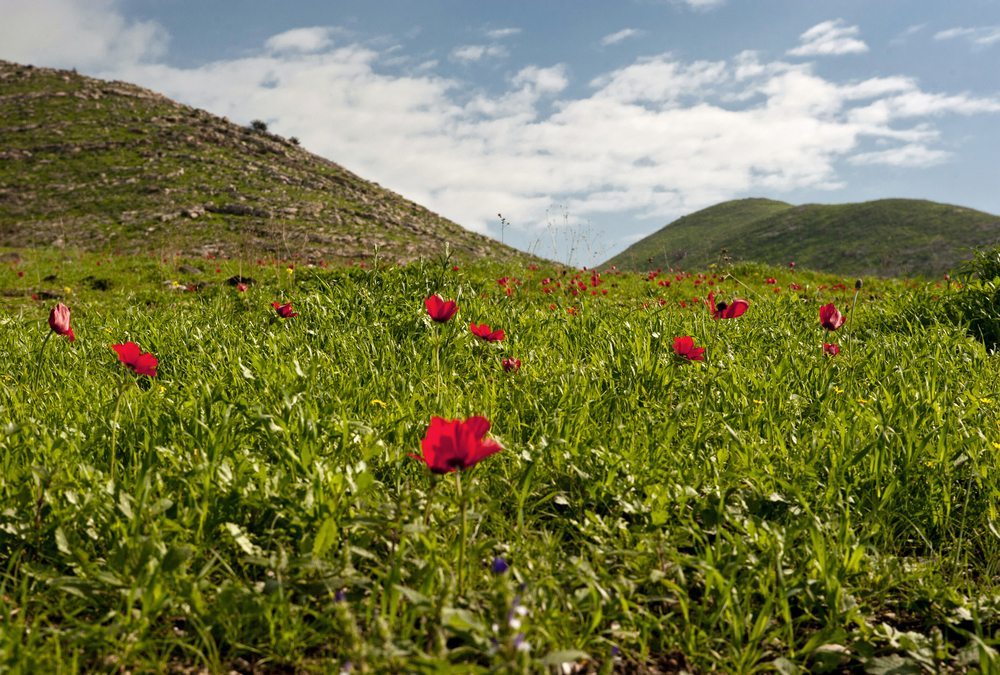
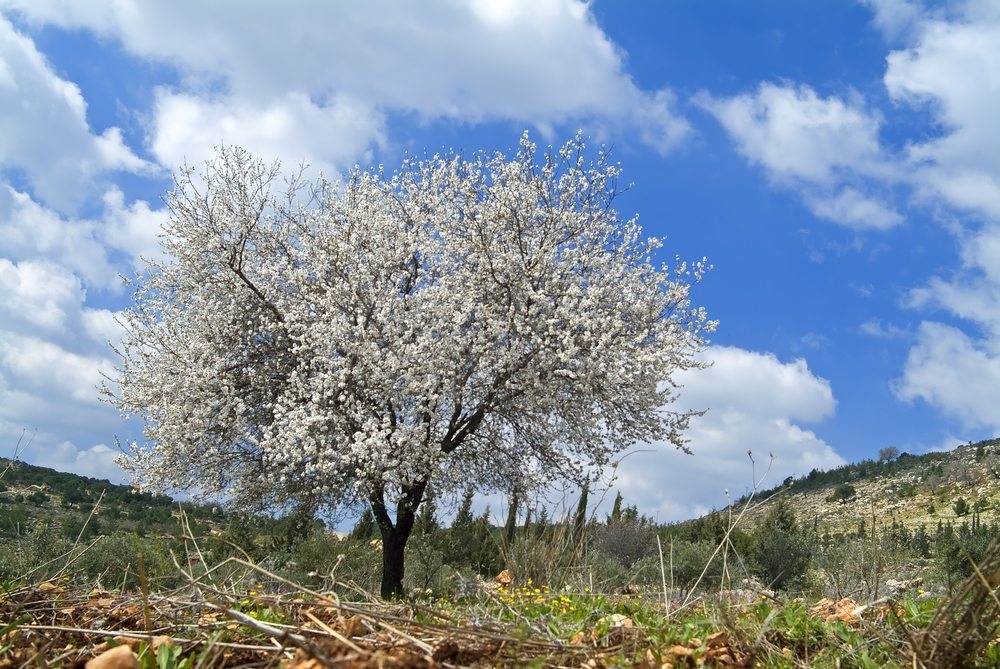
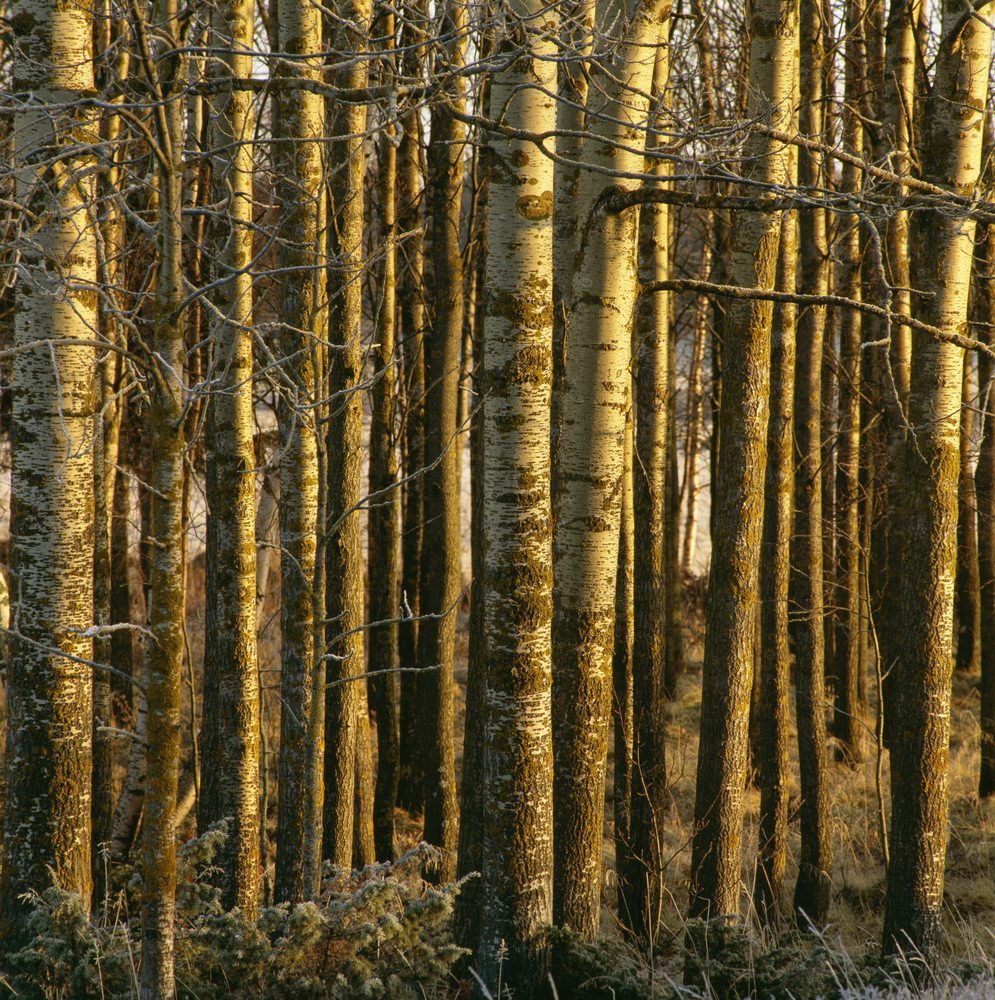
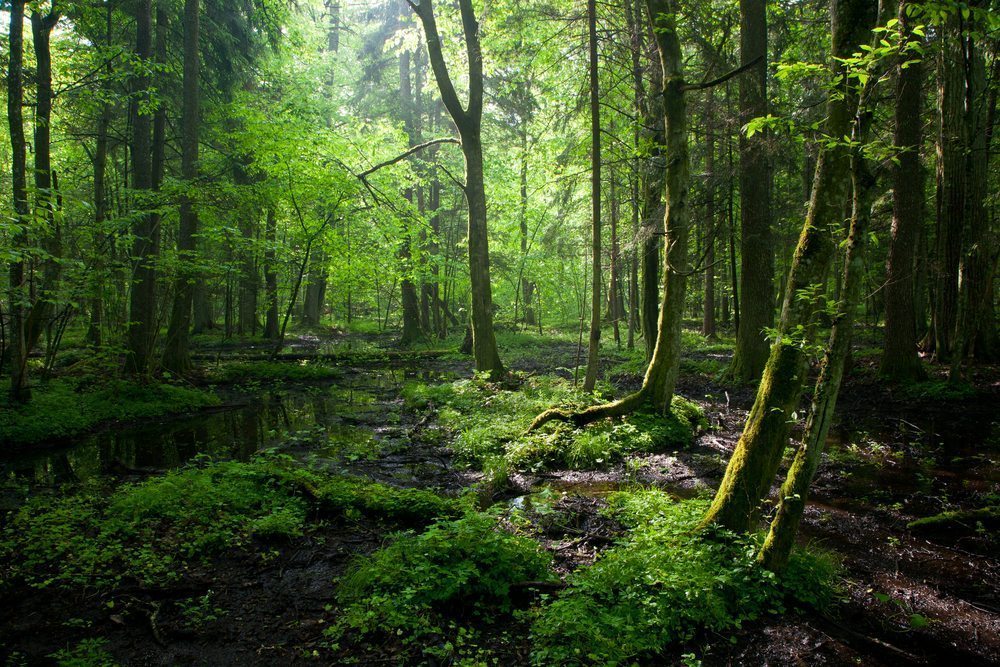
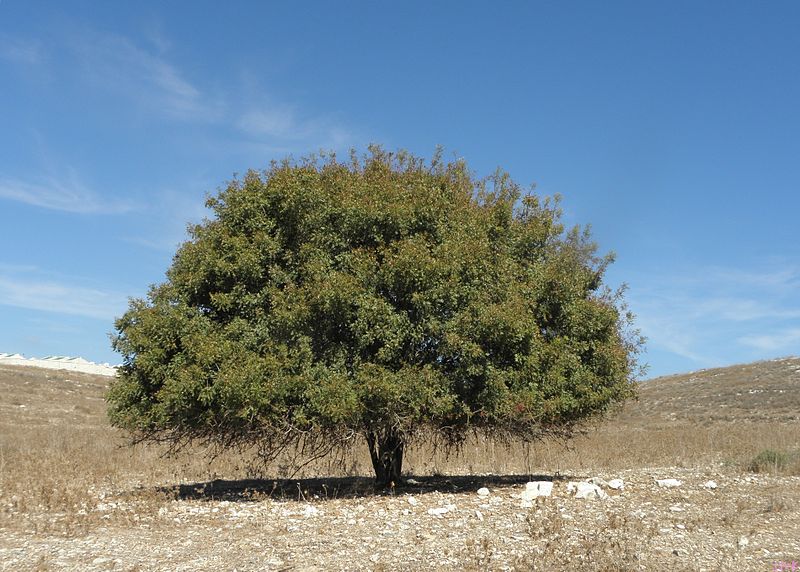

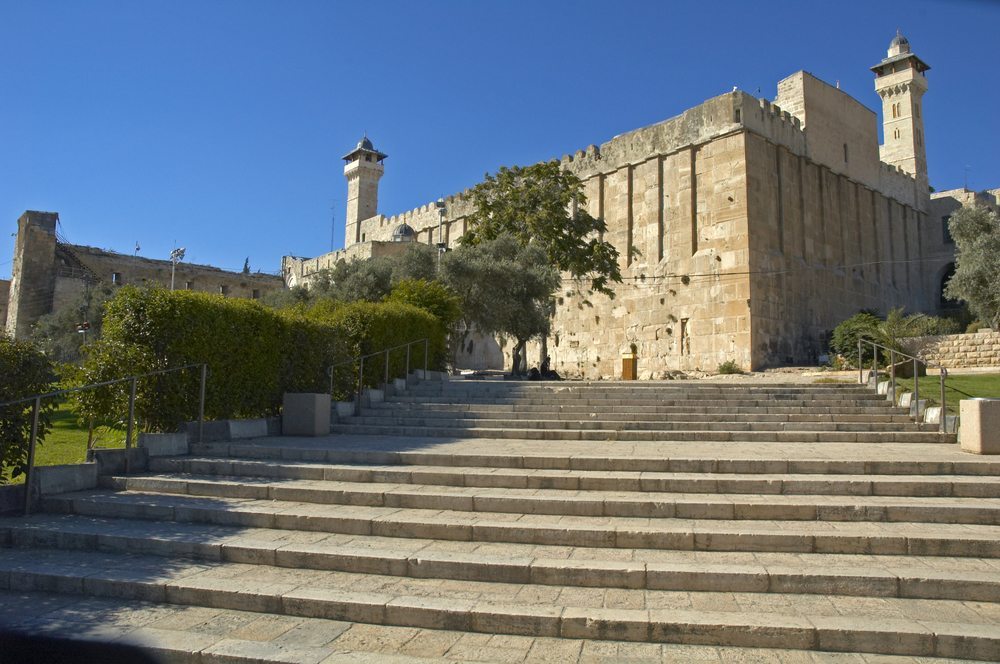
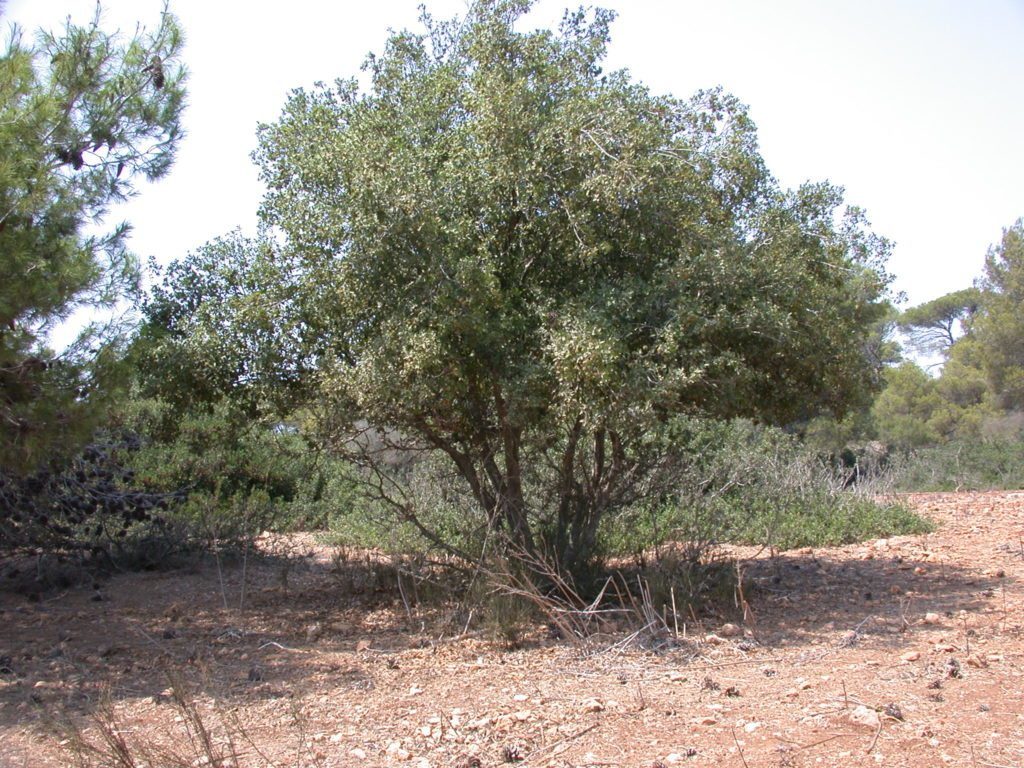




Thank you for the knowledge. Blessings unto you.
AWESOME !!! I thank Jesus Christ for you , and I thank you for yielding to His anointing and taking time and effort to put this information together . This great portion of work will probably be used in my next sermon . May God in Jesus Christ through His Holy Spirit continue to richly bless you. Sam
ミュゼは脱毛サロンで一番人気です。
My spouse and I absolutely love your blog and find a lot of your post’s to
be exactly what I’m looking for. can you offer guest writers
to write content for you personally? I wouldn’t mind composing a post or elaborating on some
of the subjects you write regarding here. Again, awesome site!
[…] The location of this story is on the outskirts of Hebron in a place known as Elonei Mamre (אלוני ממרא), which is translated “Oaks of Mamre” or “Terebinths of Mamre”. This was a grove of alon trees, one of the most common trees indigenous to the Hill Country of the Land of Israel, which we looked at in another blog post. […]
Frankly, I think that Holliwierd has forgotten why pelope go to movies.One major reason is they want a night out with their partner. And I don’t know about you, but a story about rape, death and why America sucks isn’t really the sort of thing you want to see when you’re on a date. Especially if you are from the Mid-West and know a number of pelope how have served or are serving in that same military.These movies will probably be more popular in DVD form overseas & in Leftie strong-holds like California and New York. That’s about it.I don’t suppose it’s occurred to these actors/directors that they have to ‘sell’ their movies to pelope. Their audience is not a captive one, especially when you can rent a classic DVD for a buck (compared to $10 a seat for the cinema) from the drive-thru lane at the fast-food store.
thank you for the article of the terebrinth tree……Yah took me to Isaiah 6 today and i wondered what was special about these two trees…..as i read your article….resurrection came to mind…..the stump of the trees grew new life…..i believe this will be so for those who truly obey in the End Days….lengthened life of days. and strong……as it was in the beginning….thank you again..shalom
I want to thank you for your information on the trees here, I am studying Isaiah and now I can picture
More clearly the trees spoken here.
Thank you
I`m a Licensed Israeli Tour Guide and I just want to thank you for your extremely good article on the alon and the elah trees of Israel. Look forward to your next articles ..
Jerry, many thanks for your kind words. Thanks for reading!